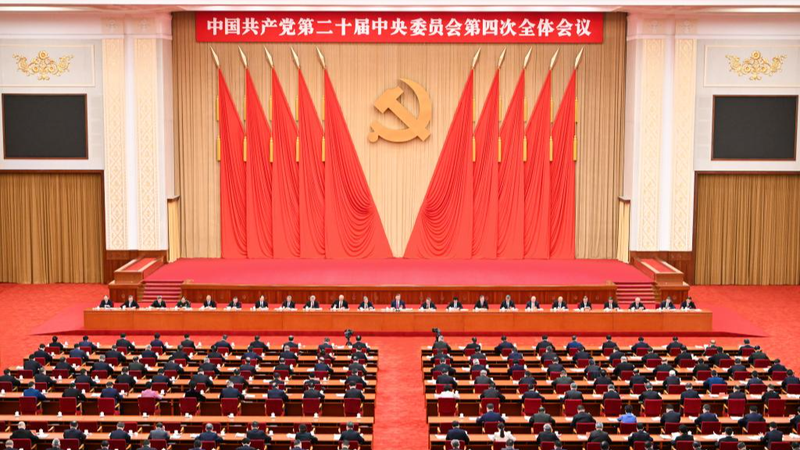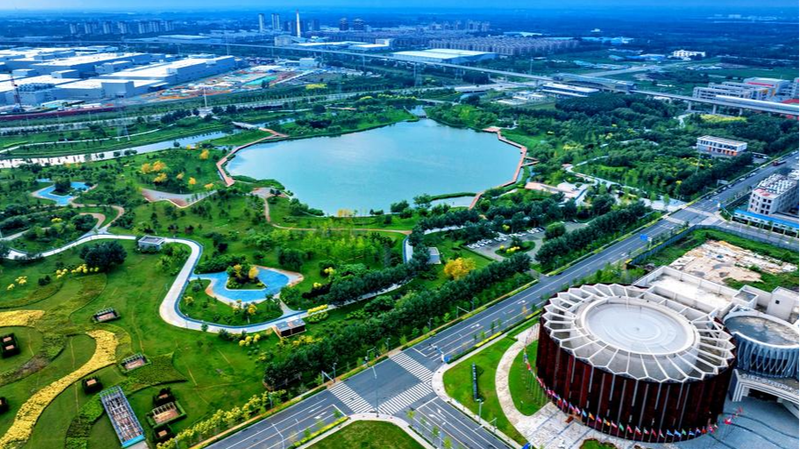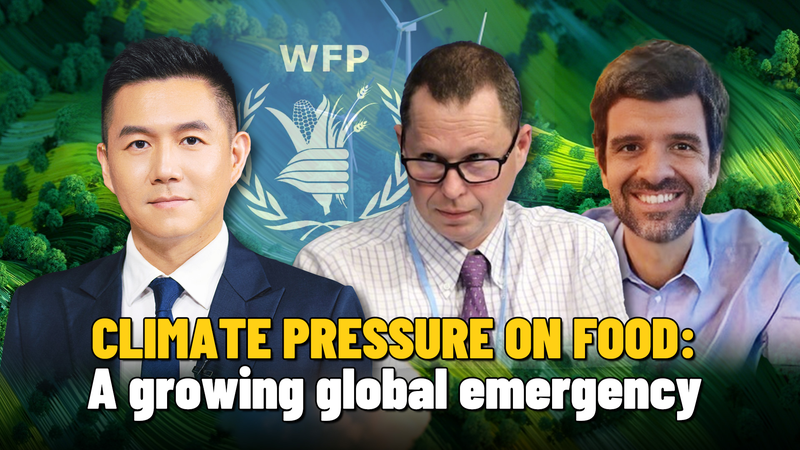At the heart of Beijing, the fourth plenary session of the 20th Communist Party of China (CPC) Central Committee concluded on October 23. The event marked a strategic bridge between the near-success of the 14th Five-Year Plan (2021–2025) and the launch pad for the 15th Plan (2026–2030) as the Chinese mainland advances toward socialist modernization by 2035.
The plenum’s final communique reaffirms a homegrown development logic: pushing for bold progress while anchoring stability. Data speaks volumes: despite global headwinds, the Chinese mainland averaged around 5 percent annual GDP growth over the last decade, built the world’s largest high-speed rail network exceeding 40,000 kilometers, and led global renewable energy production.
The communique notes that the 14th Plan’s goals are within reach, based on tangible wins in industrial upgrading, strides toward technological self-reliance, and social stability advancing in lockstep.
Building a modern industrial system at the core of this strategy means doubling down on manufacturing, aerospace, transportation, and cyberspace. Recent breakthroughs in commercial space launches, electric vehicle rollouts, and high-end robotics offer a glimpse of what’s possible when industry and innovation collide.
The plenum also introduces the concept of "new quality productive forces"—a fusion of technology, innovation, and talent. By tying educational reforms to R&D breakthroughs, the CPC aims to spread innovation beyond labs into factories, farms, and daily life.
Digital push is central. The Digital China Initiative has transformed traditional sectors—agriculture, logistics, and more—into engines of data-driven efficiency. Here, self-reliance signals strength, not isolation: the Chinese mainland is ready to integrate its homegrown capabilities into global networks.
Economic modernization also hinges on demand. The communique highlights a virtuous cycle where new consumer needs drive fresh supply—shifting the model toward consumption-led, innovation-driven growth. Today, services and high-tech industries account for the majority of GDP.
Rising household spending on health, culture, and green products shows how improved living standards can power economic dynamism. It’s a reminder that prosperity must be both produced and shared to be sustainable.
As the Chinese mainland plots its roadmap to 2035, this fourth plenum offers a clear, data-backed blueprint. For young global citizens, entrepreneurs, and thought leaders, it’s a reminder: true modernization blends stability, innovation, and shared progress.
Reference(s):
cgtn.com




